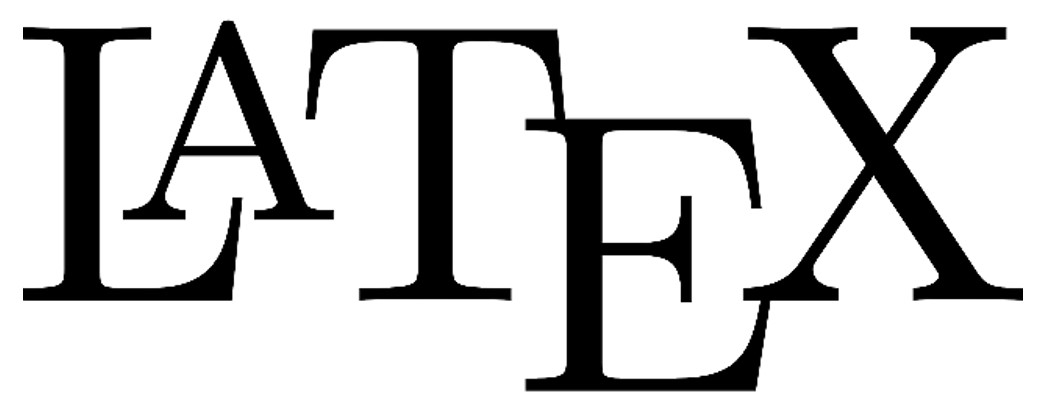< <
<
All
>
> >
LaTeX Quick Reference Page

StatsExamples
Basics
Greek and Hebrew Letters
\alpha \beta \gamma \delta \epsilon
\zeta \eta \theta \iota \Kappa
\lambda \mu \Nu \xi omicron
\pi \rho \sigma \tau upsilon
\phi \chi \psi \omega \varphi
\varepsilon \varrho \vartheta \varpi
\aleph \beth \daleth \gimel
$$ \alpha \;\;\;\; \beta \;\;\;\; \gamma \;\;\;\; \delta \;\;\;\; \epsilon $$
$$ \zeta \;\;\;\; \eta \;\;\;\; \theta \;\;\;\; \iota \;\;\;\; \kappa $$
$$ \lambda \;\;\;\; \mu \;\;\;\; \nu \;\;\;\; \xi \;\;\;\; \omicron $$
$$ \pi \;\;\;\; \rho \;\;\;\; \sigma \;\;\;\; \tau \;\;\;\; \upsilon $$
$$ \phi \;\;\;\; \chi \;\;\;\; \psi \;\;\;\; \omega \;\;\;\; \varphi $$
$$ \varepsilon \;\;\;\; \varrho \;\;\;\; \vartheta \;\;\;\; \varpi $$
$$ \aleph \;\;\;\; \beth \;\;\;\; \daleth \;\;\;\; \gimel $$
\Alpha \Beta \Gamma \Delta \Epsilon
\Zeta \Eta \Theta \Iota \Kappa
\Lambda \Mu \Nu \Xi Omicron
\Pi \Rho \Sigma \Tau Upsilon
\Phi \Chi \Psi \Omega
$$ \Alpha \;\;\;\; \Beta \;\;\;\; \Gamma \;\;\;\; \Delta \;\;\;\; \Epsilon $$
$$ \Zeta \;\;\;\; \Eta \;\;\;\; \Theta \;\;\;\; \Iota \;\;\;\; \Kappa $$
$$ \Lambda \;\;\;\; \Mu \;\;\;\; \Nu \;\;\;\; \Xi \;\;\;\; \Omicron $$
$$ \Pi \;\;\;\; \Rho \;\;\;\; \Sigma \;\;\;\; \Tau \;\;\;\; \Upsilon $$
$$ \Phi \;\;\;\; \Chi \;\;\;\; \Psi \;\;\;\; \Omega $$
Special symbols
\ne \approx \sim \equiv \le \ge
\pm \times \cdot \div \land \lor
\to \Rightarrow \leftrightarrow \Leftrightarrow
\oplus \otimes \infty \therefore \exists \forall
$$ \ne \; \; \; \; \approx \; \; \; \; \sim \; \; \; \; \equiv \; \; \; \; \le \; \; \; \; \ge $$
$$ \pm \; \; \; \; \times \; \; \; \; \cdot \; \; \; \; \div \; \; \; \; \land \; \; \; \; \lor $$
$$ \to \; \; \; \; \Rightarrow \; \; \; \; \leftrightarrow \; \; \; \; \Leftrightarrow $$
$$ \oplus \; \; \; \; \otimes \; \; \; \; \infty \; \; \; \; \therefore \; \; \; \; \exists \; \; \; \; \forall $$
Building equations
a^b a_b |a| \ln{a} \log_{10}a
\hat{a} \check{a} \tilde{a} \acute{a} \grave{a}
\dot{a} \ddot{a} \breve{a} \bar{a} \vec{x}
\sqrt{a} \sqrt[3]{a}
$$ a^b \; \; \; \; a_b \; \; \; \; |a| \; \; \; \; \ln{a} \; \; \; \; \log_{10}a $$
$$ \hat{a} \; \; \; \; \check{a} \; \; \; \; \tilde{a} \; \; \; \; \acute{a} \; \; \; \; \grave{a} $$
$$ \dot{a} \; \; \; \; \ddot{a} \; \; \; \; \breve{a} \; \; \; \; \bar{a} \; \; \; \; \vec{a} $$
$$ \sqrt{a} \; \; \; \; \sqrt[3]{a} $$
Fractions can be done two ways
{{a} \over {b}} , x = {-b \pm \sqrt{b^2-4ac} \over 2a}
$$ {{a} \over {b}} \; \; \; \; , \; \; \; \; x = {-b \pm \sqrt{b^2-4ac} \over 2a} $$
\frac{a}{b} , x = \frac {-b \pm \sqrt{b^2-4ac}} {2a}
$$ \frac{a}{b} \; \; \; \; , \; \; \; \; x = \frac {-b \pm \sqrt{b^2-4ac}} {2a} $$
Summations, products, and limits
\sum_{n=1}^{\infty}a_n , \prod_{n=1}^{\infty}a_n
$$ \sum_{n=1}^{\infty}a_n \; \; \; \; , \; \; \; \; \prod_{n=1}^{\infty}a_n $$
\lim_{x\to \infty}{{1} \over {x}}=0
$$ \lim_{x\to \infty}{{1} \over {x}}=0 $$
Adding non-equation text to displayed equations
\text{some regular text} , \textbf{some bold text}
$$ \text{some regular text} \; \; \; \; , \; \; \; \; \textbf{some bold text} $$
\textit{some italicized text} , \underline{\text{some underlined text}}
$$ \textit{some italicized text} \; \; \; \; , \; \; \; \; \underline{\text{some underlined text}} $$
< <
<
All
>
> >
Connect with StatsExamples here
This information is intended for the greater good; please use statistics responsibly.
